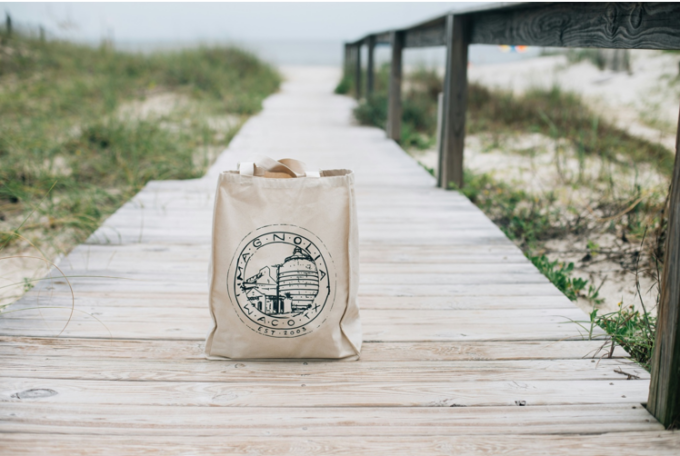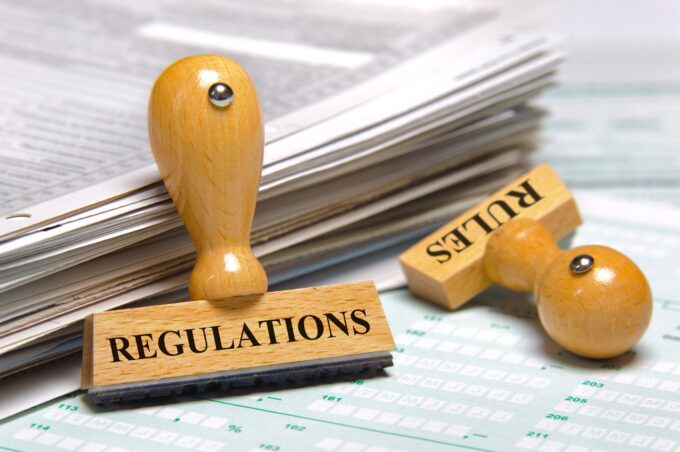Starting an eco bag business is a promising venture, especially as the world becomes more environmentally conscious. However, launching such a business comes with its own set of challenges and considerations. From sourcing sustainable materials to understanding market demands, there’s a lot to keep in mind.
This guide will walk you through the key concerns you need to address to ensure your eco bag business starts on the right foot. For more information, visit ecobagswholesale.com.
1. Sourcing Sustainable Materials
One of the first things you’ll need to consider is the type of materials you’ll use. Not all eco-friendly claims are created equal, and the market is full of greenwashing. Ensure that the materials you choose, whether organic cotton, jute, or recycled polyester, have credible certifications. Look for certifications like GOTS (Global Organic Textile Standard) for organic materials and GRS (Global Recycled Standard) for recycled content.
Always verify your suppliers to ensure they meet environmental and ethical standards. Balancing cost with sustainability can be challenging. Be prepared for higher material costs when choosing eco-friendly options.
2. Understanding the Market Demand

Understanding who will buy your eco bags is crucial. The market for eco-friendly products is growing, but it’s also becoming increasingly competitive. Identify your target audience and tailor your products to their needs and preferences. Are you targeting environmentally conscious millennials, eco-minded parents, or businesses looking for sustainable promotional items?
Conduct thorough market research to understand consumer preferences and trends. Define what sets your eco bags apart from competitors. Is it the design, material, or brand story?
3. Pricing Strategy
Pricing eco-friendly products can be tricky. While many consumers are willing to pay a premium for sustainable products, there is still a price sensitivity threshold. You need to find a balance between covering your costs and staying competitive.
Calculate all costs, including materials, production, shipping, and marketing. Research competitor pricing to position your products appropriately in the market.
4. Production and Manufacturing Challenges

Quality control is crucial in the production of eco bags. Customers expect durability and quality, especially when paying a premium for eco-friendly products. Finding a reliable manufacturer who can produce high-quality products while adhering to your sustainability standards is essential.
Choose manufacturers with a proven track record in sustainable production. Implement strict quality control measures to ensure consistency.
5. Branding and Marketing
Your brand’s story and values are vital in the eco-friendly market. Consumers are looking for authenticity and transparency. Your branding and marketing efforts should reflect your commitment to sustainability and ethical practices.
Develop a clear brand identity that resonates with your target audience. Utilize social media, influencer partnerships, and eco-friendly marketplaces to promote your products.
6. Legal and Regulatory Considerations

Navigating the legal landscape is crucial, especially when marketing products as eco-friendly. Misleading claims can lead to legal issues and damage your brand’s reputation. Ensure that all marketing claims are substantiated and comply with relevant regulations.
Understand labeling requirements for eco-friendly products. Protect your brand and designs through trademarks and patents where applicable.
7. Logistics and Supply Chain Management
Eco-friendly businesses must also consider the sustainability of their logistics and supply chain. From packaging to shipping methods, every aspect should align with your eco-friendly ethos.
Use biodegradable or recyclable packaging materials. Consider the carbon footprint of your shipping methods and explore carbon offset options.
8. Customer Education and Engagement

Educating your customers about the benefits of eco-friendly products and your brand’s mission is crucial. An informed customer is more likely to support and remain loyal to your brand.
Create content that educates customers about sustainability and your products’ eco-friendly features. Build a community around your brand by engaging with customers on social media and other platforms.
9. Financial Planning and Funding
Starting any business requires a solid financial plan. Whether you’re self-funding, seeking investors, or applying for loans, you need a clear understanding of your financial needs and projections.
Create a detailed budget covering all aspects of your business. Explore different funding options, including grants for eco-friendly businesses.
10. Adapting to Market Changes
The market for eco-friendly products is dynamic, with trends and consumer preferences constantly evolving. Staying ahead requires continuous innovation and adaptation.
Keep an eye on industry trends and consumer behavior. Continuously innovate your product line to meet changing consumer demands.
11. Inventory Management
Effective inventory management is crucial for maintaining a balance between supply and demand. Overproduction can lead to waste, while underproduction can result in lost sales. Finding the right balance is key to running an efficient and sustainable business.
Use data and market research to forecast demand accurately. Monitor inventory turnover rates to minimize waste and optimize stock levels.
12. Environmental Impact Assessment

As an eco-friendly business, it’s essential to measure and minimize your environmental impact. This involves assessing the carbon footprint of your operations and finding ways to reduce it.
Conduct an LCA to understand the environmental impact of your products from production to disposal. Implement sustainable practices in every aspect of your business, from production to shipping.
13. Customer Feedback and Product Improvement
Listening to customer feedback is vital for improving your products and services. It helps you understand what works and what doesn’t, allowing you to make necessary adjustments.
Set up multiple channels for customers to provide feedback, such as surveys, reviews, and social media. Use customer feedback to continuously improve your products and services.
15. Long-Term Sustainability and Business Growth

Sustainability isn’t just about the environment; it’s also about building a business that can sustain itself over the long term. This involves planning for growth and adapting to changes in the market.
Develop a business model that can scale as demand grows. Consider diversifying your product line or entering new markets to reduce reliance on a single source of income.
In Summary
Starting an eco bag business involves much more than choosing the right materials and designs. From understanding market demand to navigating legal regulations, every aspect requires careful planning and consideration.
By addressing these key concerns, you can build a successful and sustainable business that not only meets consumer needs but also contributes positively to the environment.










